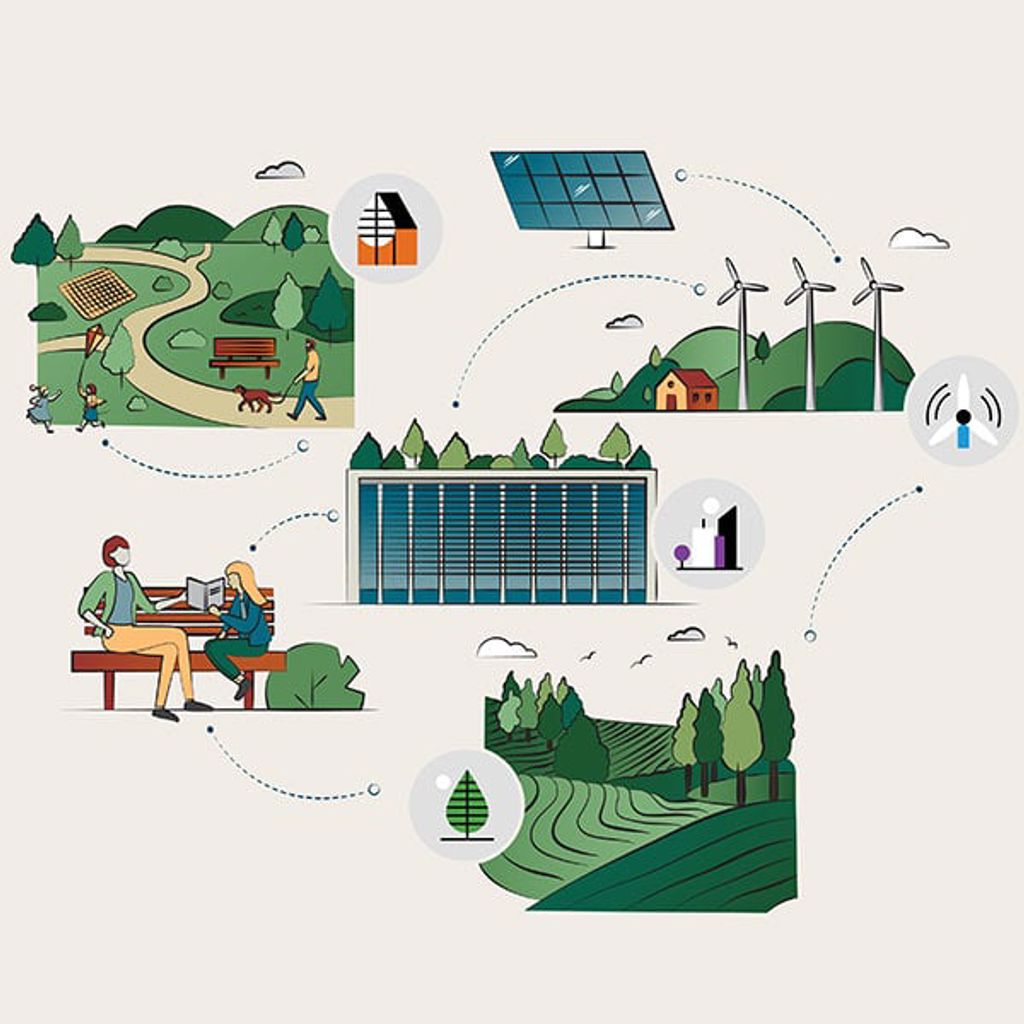In addition to looking for opportunities to take less water from the watershed, you can also make smarter use of water through integrated thinking. We recently worked with a client to locate a data center close to a food processing plant that requires large volumes of high-salinity water. This is exactly what the data center discharges, so instead of treating the water, it could pass it on to the food plant and both companies could benefit. Partnering with energy companies that use cooling towers can also generate synergies.
Wherever water is sourced from, there are established solutions for recovering, treating, and reusing it on-site. This approach is used widely by our clients in the food and beverage industries, and their systems can be adapted for data centers. It can also be a good option where there are restrictions on the use of chemicals for water treatment.
Be prepared for change
Many of our data center clients are already taking steps like this. And because the regulatory landscape in this area is changing quickly, many more are exploring the possibilities. In our experience, it’s best to talk directly to stakeholders early – including regulators and zoning authorities – to find out what is likely to be required, as well as thinking about what might be possible.
Alongside regulatory change, there is also the pressing consideration of climate change.
Operators should consider how they could invest directly into the same watershed through local projects, led by local organizations. Restoring ponds and natural wetlands or improving soil and vegetation will help to minimize the impact for local residents and wildlife and could also contribute to biodiversity net gain.
Ultimately, no matter how innovative or water-efficient a data center is designed to be, it’s the operation that matters. Commissioning, training operators, and maintaining systems are all just as critical as the location and the design. Continuous monitoring of water consumption combined with regular reviews and maintenance will keep systems as efficient and resilient as possible.
Taken together, these steps can ensure that data centers don’t add to the problem of water stress – and can even be part of the solution.
Article based on contributions from Chelsea Merrick








